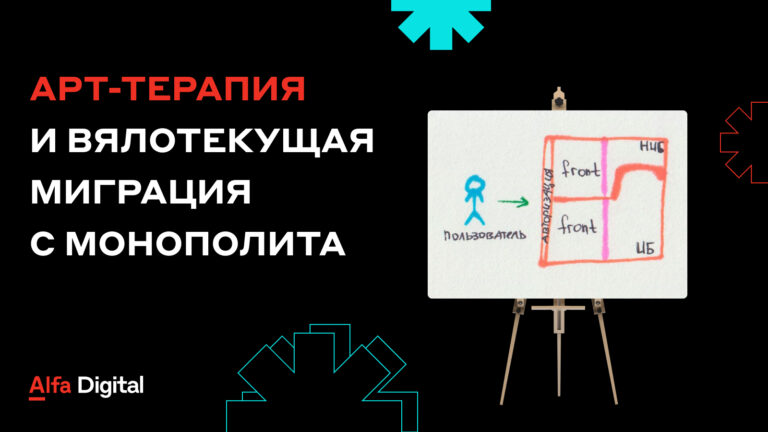Where innovations are created and developed in the Russian Federation or what ISTC is and what they offer
INTC – these are artificially created by the state “scientific broths”where innovations are born. Further in the article, INTCs will be discussed, namely what services they provide and what infrastructure they provide.
There are already many world-famous such “scientific broths” created in the image of Silicon Valley, these include:
Silicon Island of Kyushu (Japan);
Medicon Valley (Denmark and Sweden);
Silicon Plateau (India);
Silicon Island (Taiwan);
Zhongguancun (China);
Singapore;
Silicon Wadi (Israel);
Dublin (Ireland);
Cambridge Science Park (UK);
Sophia Antipolis (France);
Saxon Silicon Valley (Germany);
Technoparks of the Costa del Sol (Spain and Italy).
Most of these zones are based at large universities and offer tax preferences for their residents.
In Russia, the creation and development of innovations within the framework of the strategy of the Russian Federation are based on innovative scientific and technological centers (hereinafter referred to as INTCs). INTCs are created in accordance with federal law “On innovative scientific and technological centers and on amendments to certain legislative acts of the Russian Federation” dated July 29, 2017 N 216-FZ.
The purpose of creating INTC according to Federal Law-216, this is the implementation of the priorities of scientific and technological development of the Russian Federation, increasing the investment attractiveness of research and development, commercializing their results, expanding access for citizens and legal entities to participate in promising, commercially attractive scientific and scientific-technical projects.
At the moment there are 14 INTCs in the Russian Federation:
“Baltic Valley – HUMANTECH” (Kaliningrad);
ITMO Highpark (St. Petersburg);
“Intelligent Electronics – Valdai” (Veliky Novgorod);
“Park of Atomic and Medical Technologies” (Obninsk);
“Sparrow Hills” (Moscow);
“Valley of Mendeleev” (Moscow);
“Composite Valley” (Tula);
Aerospace Innovation Valley (Ryazan);
“Quantum Valley” (Nizhny Novgorod);
“Michurinskaya Valley” (Michurinsk);
“Sirius” (Sochi);
“Tatishchev” (Ekaterinburg);
“Kuzbass Valley” (Kemerovo);
“Russian” (Vladivostok).
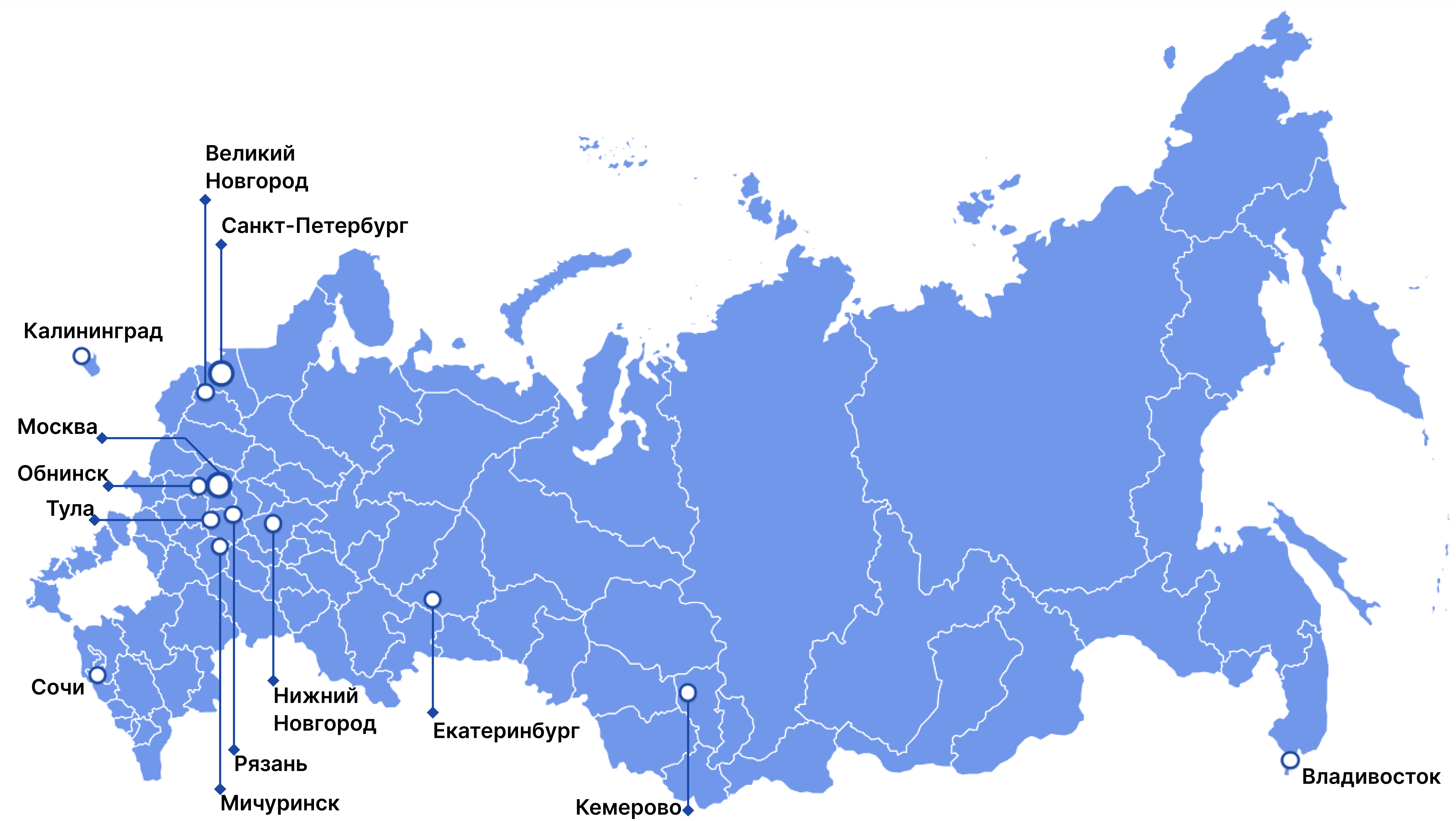
There are several zones in the Russian Federation, which are special territorial entities that are subject to various tax preferences. Management companies of these zones provide consulting services and the creation of the necessary infrastructure (ASEZs, SEZs, etc.). INTC is one of such zones, which is focused on creating an “innovation conveyor”. That is why all INTCs are located on the basis of universities, so that there is direct interaction with them to attract fresh minds, projects and researchers. Also, all INTCs work in certain areas and they have a large resident (anchor), who sets the pace of work.
Each INTC has the following preferences:
VAT – 0%*;
Income tax – 0%*;
Property tax – 0%*;
Land tax – exemption for INTC land plots;
Insurance premiums – 15%*;
Customs preferences – services of a customs representative, reimbursement of costs for paying customs duties, VAT reimbursement in the form of subsidies**;
Attracting foreign employees – attracting foreign specialists and members of their families without taking into account quotas and without the need to obtain permits.
*within 10 years from the date of obtaining resident status for companies with revenue up to 1 billion rubles. and profit up to 300 million rubles. in year.
**for the payment of customs duties and VAT in relation to goods (except for excisable goods) imported into the Russian Federation for use in construction, equipment, technical equipment, as well as in relation to goods (chemical, physical, biological reagents, reagents and other substances, preparations , intended for research and (or) laboratory work), imported for educational and (or) scientific and technological activities.
If we talk about the services and infrastructure of the management company, then the list of these services, as well as access to the infrastructure, is different in each INTC. In addition to the INTC, the analysis also presents other structures that help create and develop innovations (Skolkovo, Innopolis, Yakutia Technopark). Next, we will divide the list of services into 5 main blocks; these blocks are presented below on the slides:
Interaction with the university.

Laboratories and production centers.
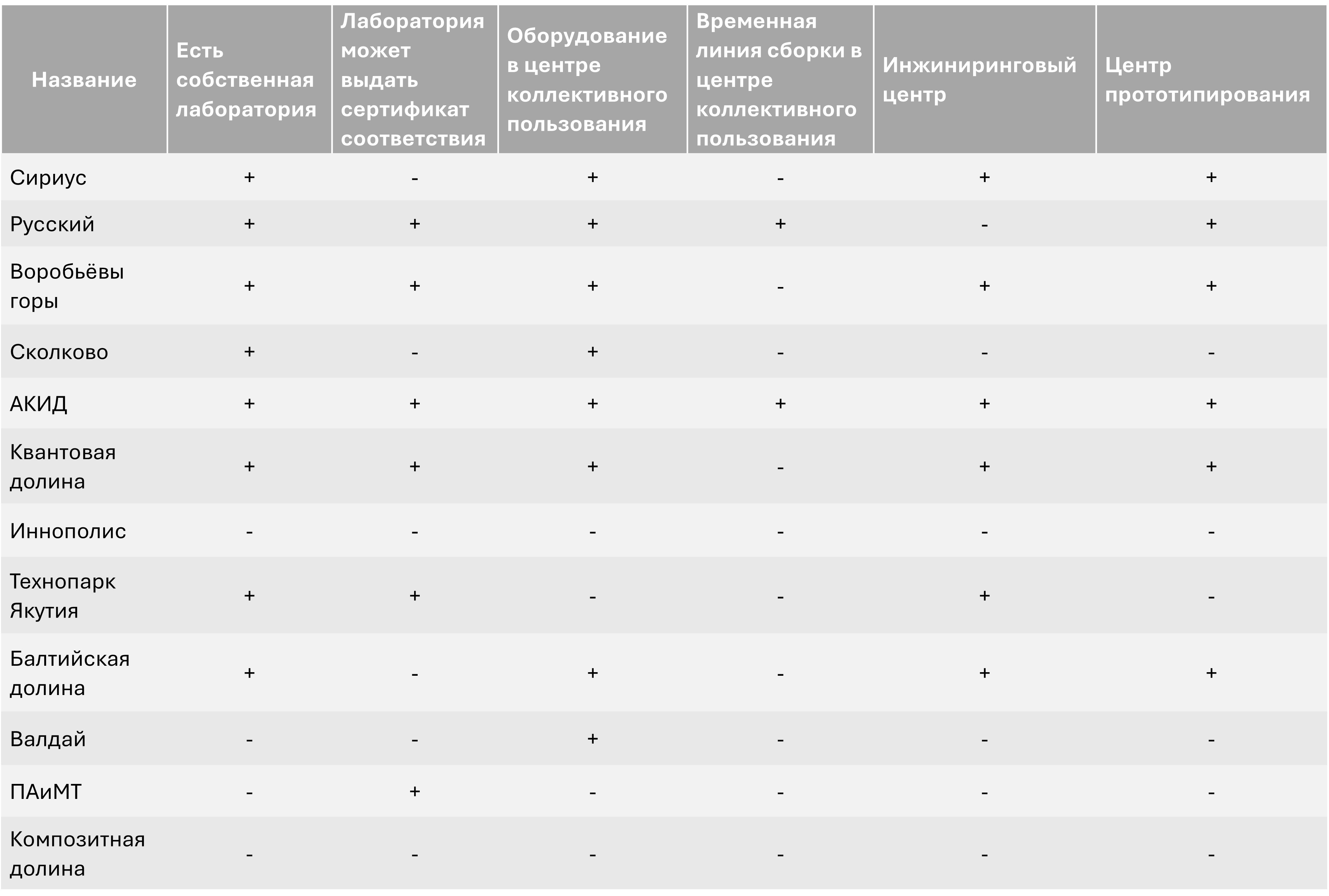
Consulting.

Other support and development programs.

Social infrastructure.

Based on the results of the analysis, it should be noted that INTC “Sirius”, “Russian” and “Vorobyovy Gory” greatly benefit from the services provided. They have well-developed consulting services that will help the resident not to be distracted from his main activity – creating innovations. They can create a prototype, MVP or trial batch of a product. A certain ecosystem of innovation has also been created, namely, there are various accelerators, business incubators and technology parks that will help push nascent startups and help young scientists acquire the necessary competencies or look for a team. In addition, these centers can conduct examinations on their own or with the involvement of residents and invest in projects. A pleasant addition is the comfortable living environment for INTC employees and residents in Sirius and Russian. This is an important part for all employees, since everyday issues during relocation disappear, travel time to work is reduced, and family employees will be able to enroll their children in a kindergarten, school, or college near work/home.
So what should be the favorable environment for innovation in the Russian Federation?
One of the key aspects of the successful development of innovative projects is tax policy, which should be aimed at reducing costs and supporting start-ups at the initial stages. Tax preferences can stimulate the interest of entrepreneurs in implementing innovative ideas, even if not all projects are successful.
Another important aspect is the creation of a developed infrastructure, both residential and industrial, which will become the basis for the formation of our own innovation ecosystem. Within this ecosystem, children from an early age will be introduced to project activities, which will allow them to participate in mini-projects from school, and later, in colleges and universities, they will be able to work on resident projects. This will simplify the process of finding employees for residents, since after completing the training they will already have a ready-made specialist with theoretical knowledge and practical experience. In addition, children who grew up in such an environment will not only be familiar with project activities, but will also be able to generate innovative ideas, as well as create their own startups with the support of residents.
The presence of industrial infrastructure will provide the opportunity for startups to enter production facilities and begin commercial activities. Close interaction between the zones for creating and developing innovations and industry will ensure seamless development of startups and their transition to full-fledged businesses.
Currently, there is no such favorable environment for innovation in the Russian Federation that would include all the above aspects. But there is development in this direction.
Thank you for reading the article! This was my first experience in writing and publishing an article 🙂
Separately, I would like to say that I am part of the team that is creating the Russky INTC. In May 2024, we will open a production site for small-scale production of residents, which will subsequently be subject to the preferential treatment of the INTC. And in 2025, the pilot site of the Russky INTC will open.
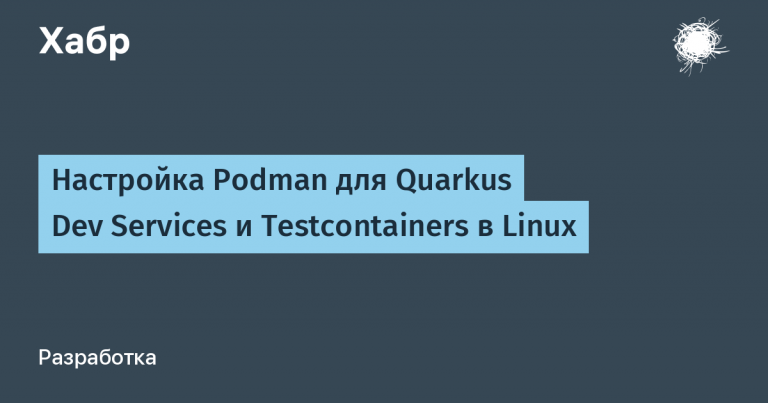

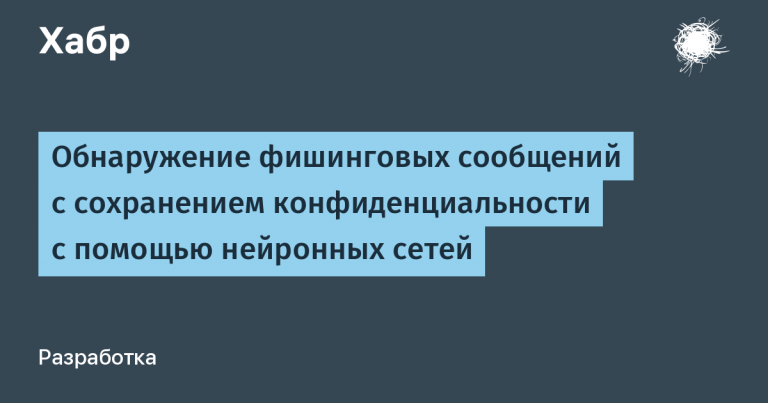

![[Проект вуза] Psychoanalytic coaching that works](https://prog.world/wp-content/uploads/2023/02/cc3f6051be2b047be8c49ffdc7d6f61e-768x403.png)
